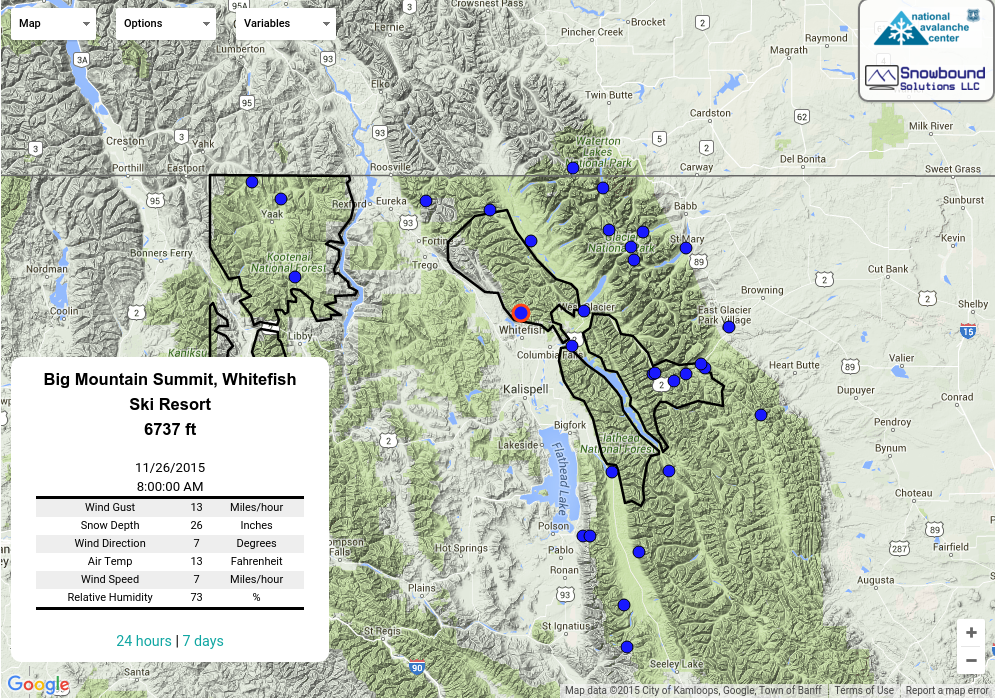Silver Tongued Devil
|
Location Name: Forecaster Observation - JF Stevens Canyon Observation date: Sunday, March 29, 2020 - 20:00 |
Is this an Avalanche Observation: Yes |
|---|
Observation made by: Forecaster
Location
Tabs
Avalanche Details:
Date and Time of Avalanche:
Sunday, March 29, 2020 - 15:00
Number of avalanches:
4
Avalanche Type:
Wet Loose
Failure Plane/Weak Layer:
New/old snow interface
Trigger:
skier
Start Zone Slope Angle:
40
Aspect:
North
Starting Elevation:
below-treeline
Destructive Size:
D1 Relatively harmless to people.
Relative Size:
R2 Small
Crown Height:
Less than 1 ft
Avalanche Length (Vertical Run):
30ft.
Avalanche Width (Average width):
6ft.
Avalanche Location:
Date and Time of Avalanche:
Sunday, March 29, 2020 - 13:15
Number of avalanches:
1
Avalanche Type:
Glide
Failure Plane/Weak Layer:
Ground
More information or comments about the avalanche:
Partial release of glide crack above Shed 12. Ran to bench above shed. More cracks on the slope.
Trigger:
natural
Start Zone Slope Angle:
44
Aspect:
East
Starting Elevation:
4300
Destructive Size:
D1 Relatively harmless to people.
Relative Size:
R2 Small
Crown Height:
2 ft
Avalanche Length (Vertical Run):
200ft.
Avalanche Width (Average width):
12ft.
Avalanche Location:
Date and Time of Avalanche:
Sunday, March 29, 2020 - 14:00
Number of avalanches:
1
Avalanche Type:
Wet Loose
Failure Plane/Weak Layer:
Unknown
More information or comments about the avalanche:
TIme is a guess based on elevation of start zone and aspect. Debris down to creek bottom at about 5000'.
Trigger:
natural
Aspect:
South
Starting Elevation:
near-treeline
Destructive Size:
D2 Could bury, injure, or kill a person.
Relative Size:
R2 Small
Avalanche Length (Vertical Run):
1200ft.
Avalanche Location:










Although rollerballs released from ski turns from about 6000 feet down on northerly slopes, below about 5000 feet the wet snow released from ski turns became more substantial and consequential. We were in/ adjacent to a steep, northerly gully, so the debris didn't have far to run. Guessing these could have grown to D2 had they occurred on a steep slope with a long continuous pitch.